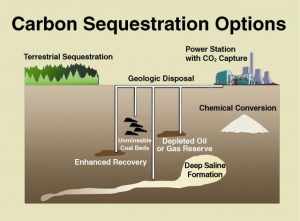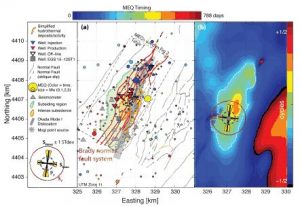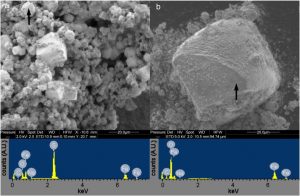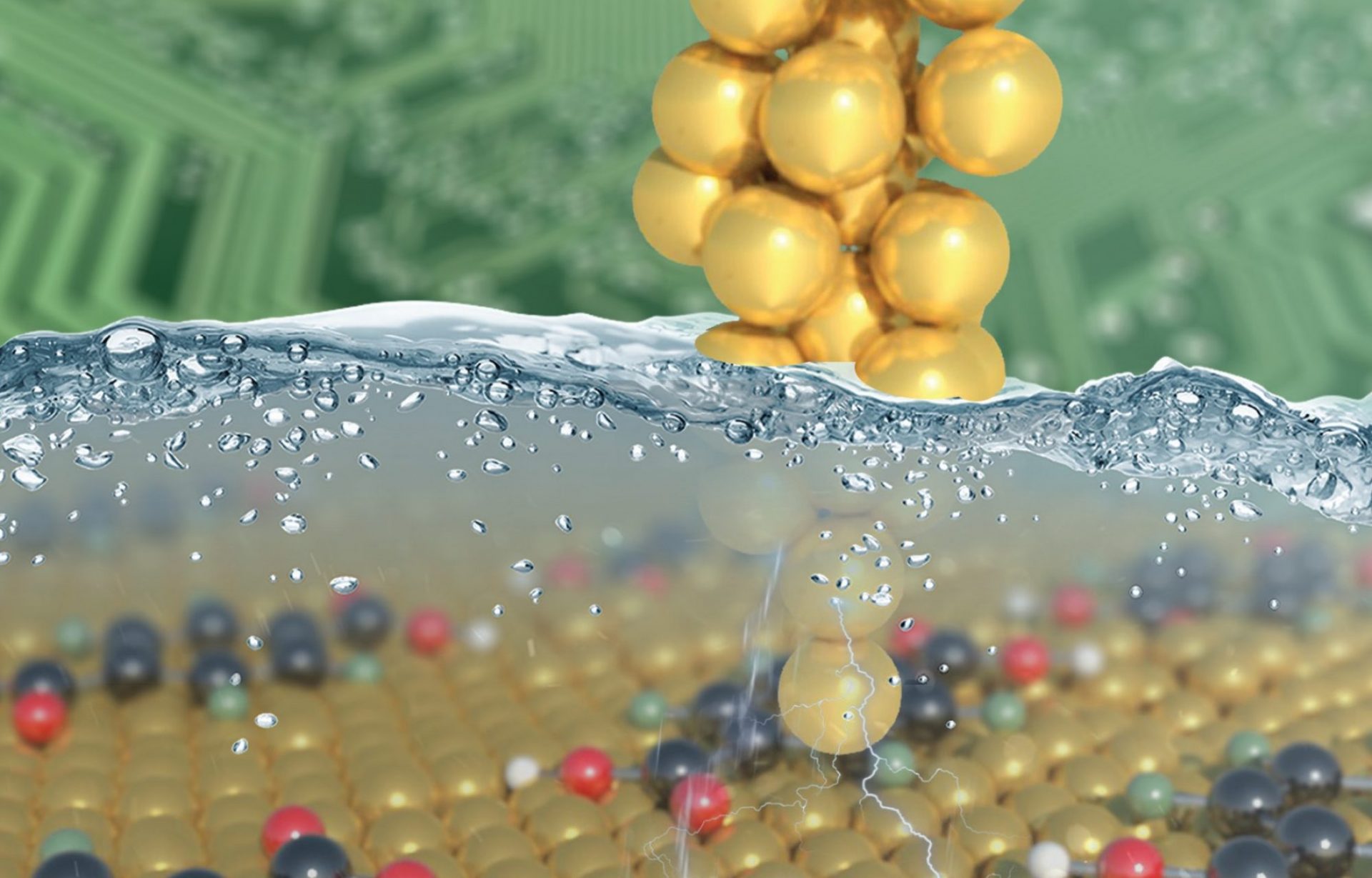
Research Overview
Limiting the emission of CO2 into the atmosphere from point sources such as power plants (emitting about 3-6 Gtons/year) is becoming important in response to global warming. The US Department of Energy has been interested in sequestering CO2 (captured from power plants) as a supercritical fluid and then injecting it deep beneath the Earth’s surface; primarily into deep saline aquifers (a projected 3600 Gton storage capacity).
Faculty Research
Davatzes Group investigates significant mechanical and chemical changes in the earth over potentially huge areas caused by large scale injection of fluids including CO2, wastewater, and geothermal brine. Specifically how these changes can influence the potential for inducing large, damaging earthquakes by investigating fault strength and the state of stress in the earth as seen in the figure below.

Strongin group is investigating the chemistry that will occur during the sequestration of supercritical CO2 in deep saline aquifers beneath the Earth’s surface. Our research primarily uses in situ vibrational spectroscopy in laboratory-based experiments under conditions that closely mirror those that will be present in the environment to understand the interaction of supercritical CO2 and iron-bearing minerals. We also are interested in understanding how specific reductants (H2S waste gas) in the supercritical CO2 help to facilitate the reaction of CO2 with iron-bearing minerals to form an immobile mineral phase (FeCO3).
Technical Capabilities
– Geologic mapping of fault geometry, fault zone architecture, and fracture patterns
– Geomechanical analysis including the characterization of natural fracture populations and in situ stress
– Laboratory characterization natural fractures including alteration mineralogy, healing history, porosity (including 3D porosity mapping with high resolution XRay-CT)
– Borehole geophysical analysis of stress, permeability, and rock mechanical properties
– Numerical modeling of stress field variation and fracture formation and slip prediction
– Time series analysis of pumping, seismicity, and deformation records
– Statistical characterization of fracture and stress heterogeneity
– Geomechanical Analysis
– Borehole Geophysics
– Fault and fracture hydrology and permeability
Recent Publications
2. Preliminary investigation of reservoir dynamics monitored through combined surface deformation and micro-earthquake activity Brady’s Geothermal Field, Nevada.
Davatzes, N.C., Feigl, K.L., Mellors, R.J., Foxall, W., Wang. H.F., and Drakos, P.
PROCEEDINGS, Thirty-Eighth Workshop on Geothermal Reservoir Engineering, Stanford, California, February 11-13, SGP-TR-194, 20 (2013) paper

- Hematite reactivity with supercritical CO2 and aqueous sulfide.
Murphy, Riley; Lammers, Kristin; Smirnov, Alexander; Schoonen, Martin A. A.; Strongin, Daniel R.
Chemical Geology, 283(3-4), 210-217. (2011) DOI:10.1016/j.chemgeo.2011.01.018

